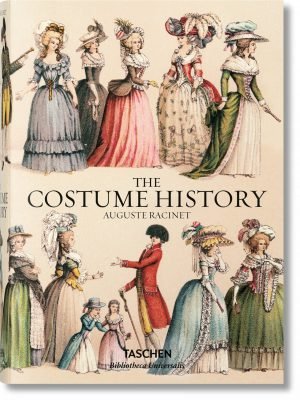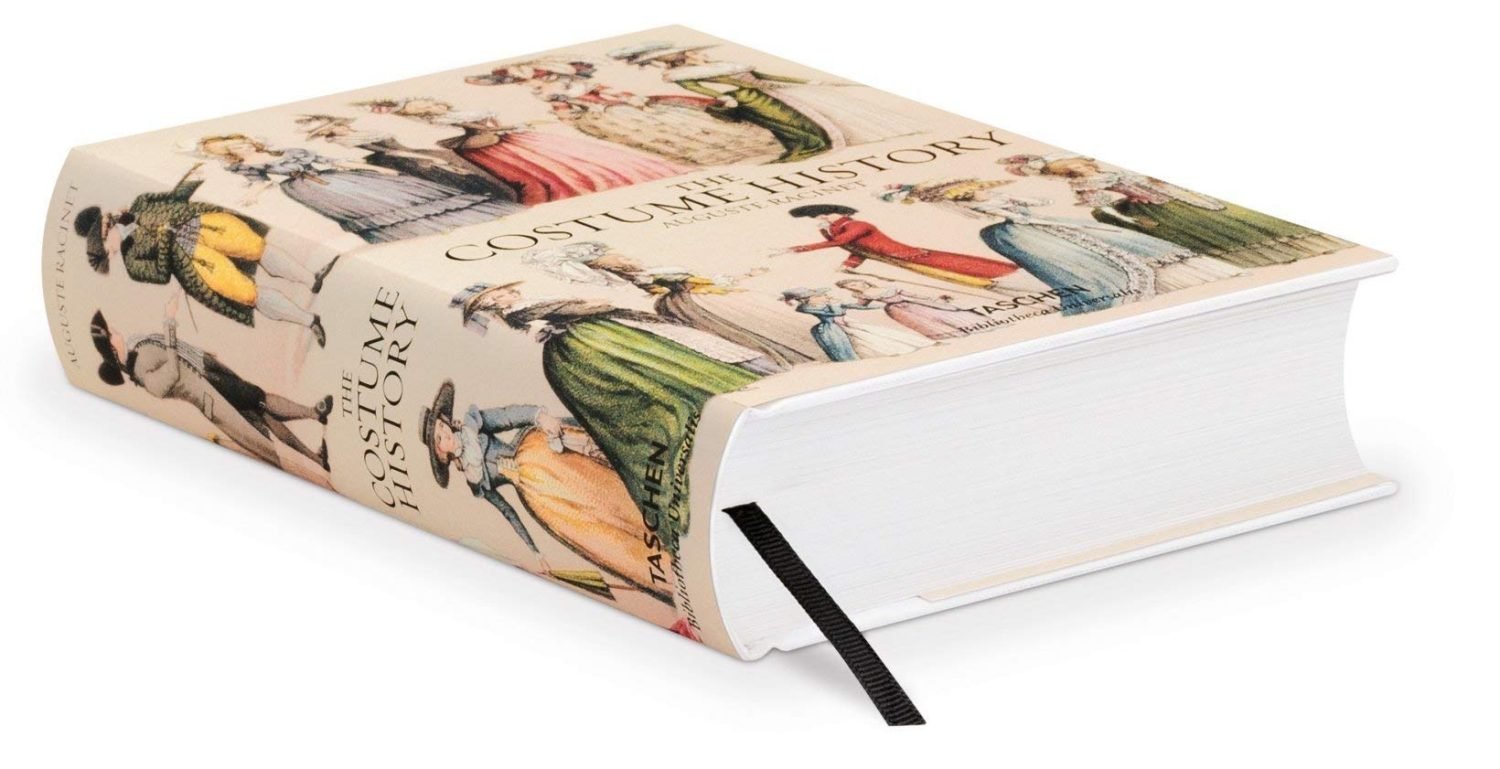
PERSIA. PERSIAN ROOM: THE TALAR OR MAIN SALON OF A PLEASURE HOUSE. THE WOODEN BUILDING.
The Persian residence of the Paris World Exhibition of 1878 was the type of wooden building found in Turkey, Egypt and India. The pavilion consisted of a ground floor and a floor with a platform. The Enderun or the inside initially contained a vestibule with a basin, from which a narrow staircase led up to the first floor.
The main room, the Talar or Salon, was only two steps higher than the other rooms and received its light through two large windows facing each other. The stalactite ceiling of the room is covered in its individual facets with small mirrors that reflect the light and colours of the interior decoration, as are the walls, niches and window frames. The windows themselves are composed of a multi-coloured glass mosaic and can be moved from bottom to top.
The furniture consists only of divans, covered with embroidered cashmere, carpets and portières. A servant brings her mistress dressed in trousers, muslin or silk camisole and embroidered jacket the kalean, the pipe with wooden tube, to which the lady herself attaches the tube with amber lace.
Reproduction of the Persian pavilion of the international exhibition at the Trocadero in Paris 1878; see Champollion-Figeac, Histoire de la Perse, 1860; Architecture ottomane, publication of the Imperial Turkish Commission of the Vienna World Exhibition of 1873.
Source: History of the costume in chronological development by Auguste Racinet. Edited by Adolf Rosenberg. Berlin 1888.








